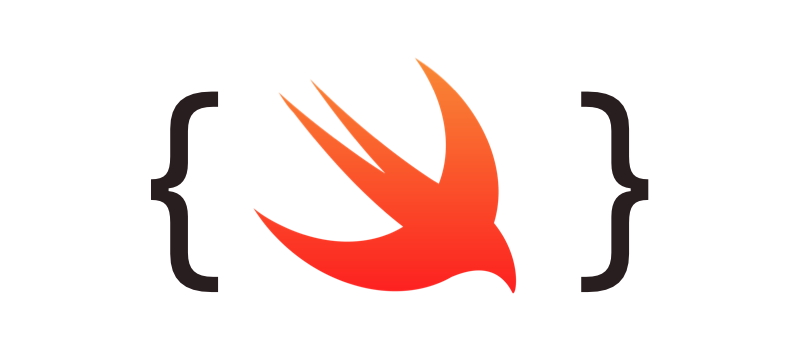
Protocols
-
Holds functions and variables, but it only hold their definitions, not their body.
-
Variables are just the name, type of it. And if it's a get or a set. Not an actual value
→ In a protocol, you won't actually assign a value to a property
-
A class "conforms" to a protocol. If a class conforms to a protocol, it has every variable and functions that were inside the protocol.
protocol CarProto{
var color: String { get set }
//any class that conforms to this protocol must be ables=
//to "get" and "set" the variable color.
func drive()
func isAllWheelDrive() -> Bool
//Defining functions only. Doesn't implement them. Another
//class will implement the specific functions
}
class Car{
}
//a class can conform to one or more protocols
class BMW: Car, CarProto{
var color: String = ""
func drive(){
}
func isAllWheelDrive()->Bool{
}
}** Delegates and DataSource are naming conventions of a protocol, so don't get confused.
→ Protocols that have the word Delegate at the suffix part, usually deal with user interaction. (i.e what happens when a user taps on a button)
→ Protocols that have the word DataSource at the suffix part, deals with Data. Font size, color, etc
Generics
- Generic code enables you to write flexible, reusable functions and types that can work with any type, subject to requirements that you define.
func swapTwoInts(_ a: inout Int, _ b: inout Int) {
let temporaryA = a
a = b
b = temporaryA
}→ a non-generic function that swaps two values.
→ The problem is, you can only use it for Integer values. If you want to use String values, you would have the write a separate function like the one below:
func swapTwoStrings(_ a: inout String, _ b: inout String) {
let temporaryA = a
a = b
b = temporaryA
}→ The only different thing about the two functions is the Data type being compared.
** Generic functions, on the other hand, can work with any type.
func swapTwoValues<T>(_ a: inout T, _ b: inout T) {
let temporaryA = a
a = b
b = temporaryA
}
//T becomes the new data type→ The generic version of the function uses a placeholder type name (called T, in this case) instead of an actual type name (such as Int, String, or Double).
→ In this case, a and b must be of type T, meaning it has to be the same Data type.
- Because T is a placeholder, Swift doesn’t look for an actual type called T.
